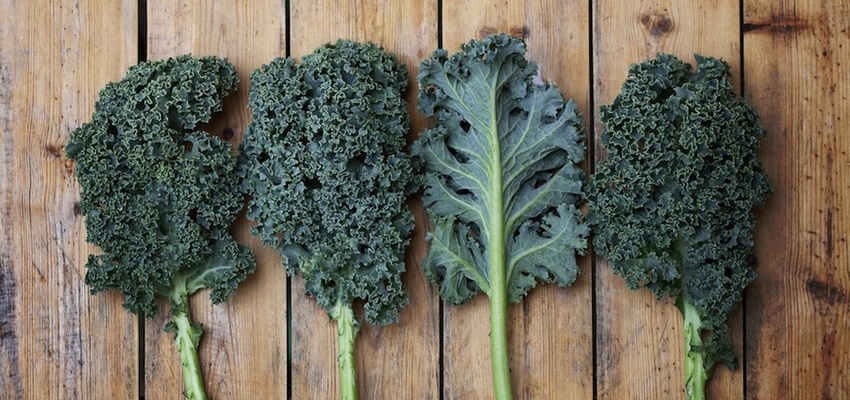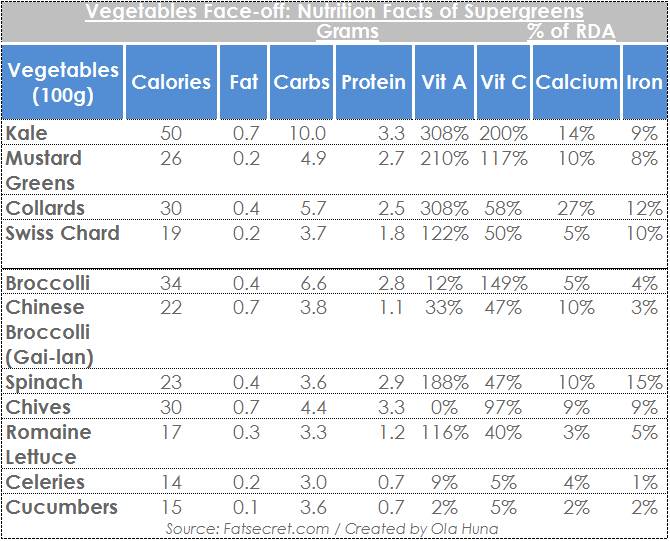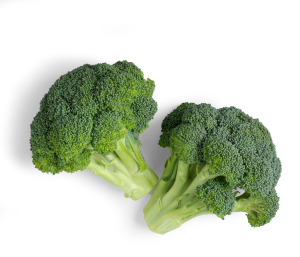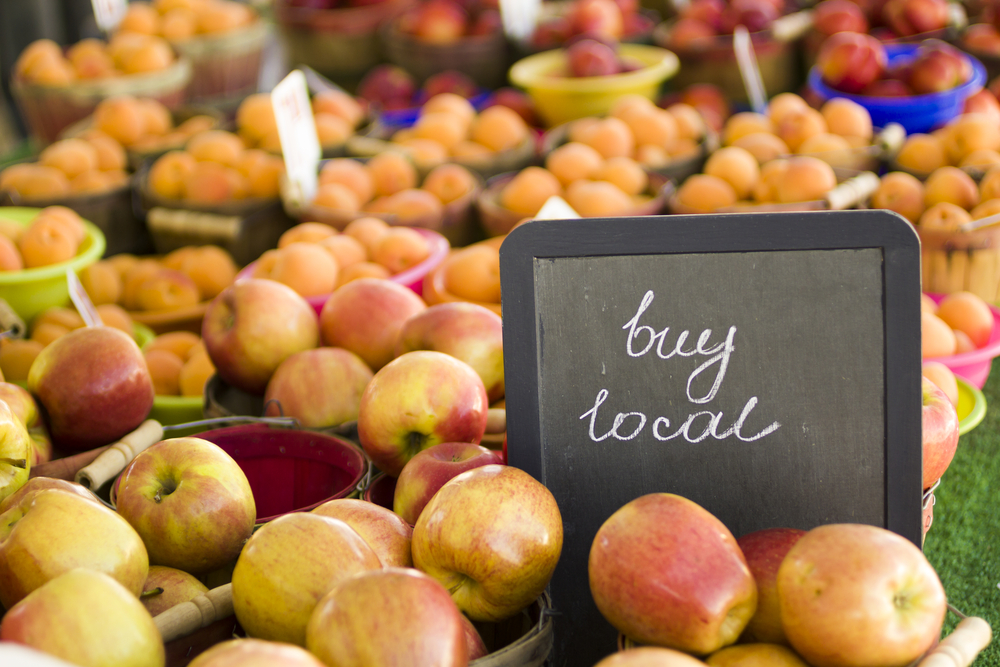If you’re a health nerd like me, chances are you may feel like you’re “missing out” if you don’t see kale salad on the menu. And, rightfully so… after all, kale is one of the most nutritious vegetables out there.
And if you’re constantly on the road, chances are you may not always find kale in cities you are visiting.
While kale is easily accessible in developed countries like the States and Europe, this vegetable is still relatively unknown in some parts of the world such as France, China (other than Chinese kale, which we will address), and many other developing countries.
Other times, your favorite restaurant may run out of kale (yes this happens), or simply don’t serve kale, especially if the restaurant is not a “healthy” restaurant.
So what do you do when kale, our dear friend, is no where to be found?
Treat this as the opportunity to explore other greens that may not be getting the attention they deserve.
To help you appreciate the value of other greens, I’ve compiled a simple list of vegetables which are accessible in many parts of the world.
This simple table details each green’s nutrition value. And you can see that they are not too far off from kale!
How do other green superstars stack up to kale?
What I love most about kale is it is high in protein, vitamin A, C, K and iron.
Most vegetables aren’t as nutrient dense as kale, as you can see from the table.
Kale still rules, though the following vegetables are close enough:
#1: Mustard Greens
Mustard Greens aren’t too far off given the amount of protein, vitamin A, C and K they contain. They even contain higher fiber content than kale.
Mustard greens also contain sinigrin and gluconasturtiian, which have well-documented cancer-preventive and anti-inflammatory properties.
#2: Collards
Collard greens are extremely high in fiber, more so than kale, and contain high vitamin A, K, C and manganese content.
Collards contain anti-inflammatory and anti-cancer properties, and phytonutrients called glucosinolates that can help activate detoxification enzymes and regulate their activity.
#3: Swiss Chards
Swiss chards are also high vitamin A, K, and C.
Recent research has shown that chard leaves contain at least 13 different polyphenol antioxidants, including kaempferol and syringic acid, which can regulate blood sugar.
Swiss chards also contain betalain pigments, red and yellow indole-derived pigments found in vegetables like beets, that provide antioxidant, anti-inflammatory, and detoxification support.
#4: Broccoli
Broccoli is widely accessible globally and contains high amount of vitamin K, C and fiber.
An interesting fact on broccoli is that it contains glucoraphanin, gluconasturtiian, and glucobrassicin, which are not found in other foods in the same combination and concentration that is offered by this vegetable. These compounds enhance detoxification.
Broccoli can also boost eye health and cardiovascular health, as well as offer anti-cancer properties.
#5: Chinese Kale/ Chinese Broccoli (Gai-lan)
While Chinese broccoli may not be as nutritionally dense as kale , it still contains a decent amount of vitamin A, C, iron, protein and fiber.
Chinese broccoli are easily available in Asia, and I think it tastes delicious if you stir fry it with garlic, onion and soy sauce. To diversify your veggies, it is a good idea to incorporate gai-lan in your diet.
And if you’re traveling to the Far East, this is a great veggie to try.
#6: Spinach
Spinach is high vitamin K and A, manganese, folate, magnesium and iron.
Spinach supports bone health given its high manganese content, which works together with vitamin K to bind calcium ions in the bone.
Spinach also has many anti-cancer carotenoids, also known to decrease inflammation.
Don’t sulk if there’s no kale.
While kale is arguably one of the most nutritionally dense vegetables available, other greens can also super charge your health, especially when you’re traveling.
No kale on the menu? Eat some sexy spinach instead 🙂 and turbo charge that with some broccoli.
If you want to cook, here are some fun recipes you can use on the go if you’re on the road and there’s no kale in sight:
- Gado Gado Wrap Salad With an Oomph of Protein (Asian oomph flavor)
- Anti-inflammatory Mixed Green Salad with Sunflower Seeds, Quinoa and Cranberries (Chewy and tangy)
- Cancer Fighting Stir-fry that Doubles the Iron in Meat (Warming and energizing)
- Exotic Sesame Antioxidant Salad (Exotic and nutty)
- Succulent Antioxidant Power Green Salad (Juicy and tropical)
- Protein Powerhouse Salad (Give me protein!!)
What’s your pick for the most super of all superfood greens? No kale allowed.






